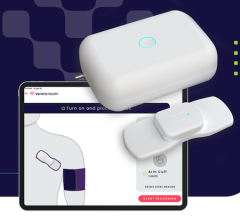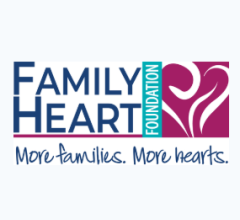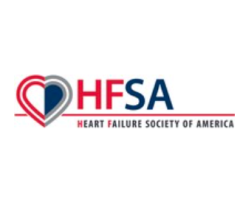
Getty Images
Feb. 6, 2025 — New findings from the DiVERT Stroke clinical study showed women spent less time in the hospital, saw fewer referrals to cardiology, and were prescribed less frequent post-stroke cardiac monitoring than men when admitted to comprehensive stroke centers following stroke. The data were presented at the International Stroke Conference (ISC) in Los Angeles.
Post-stroke cardiac monitoring is key to informing strategies to help prevent future strokes. Multiple clinical studies have shown that cryptogenic stroke (stroke of unknown cause) patients are at high risk of atrial fibrillation (AF) post-stroke, and for many stroke patients, it could take more than 80 days for AF to appear, reinforcing the importance of long-term, insertable cardiac monitoring. While previous studies have shown disparities in stroke care for women compared to men, the full extent of sex disparities for cardiology consultation and post-stroke cardiac monitoring remains understudied.
The retrospective analysis from the DiVERT Stroke study found that among 2,699 patients, female patients (who accounted for 48% of study participants) were less likely than male patients to receive cardiology referrals during index hospitalization (12.8% vs. 15.5%, p=0.043), had shorter length of stay (6.8 vs. 7.7 days; p=0.025) and were less likely to receive post-stroke cardiac monitoring (19.9% vs. 23.0%, p=0.048). Additionally, the rate of AF detected post-stroke was higher for any type of cardiac monitoring vs. non-monitoring, irrespective of sex (7.4% vs. 3.9%, p=0.015 for women and 8.0% vs. 3.5%, p<0.001 for men), and there were no sex differences for type of cardiac monitoring (external monitors vs. insertable cardiac monitors (ICM)).
“Women have a higher lifetime risk of stroke compared to men, and yet these findings suggest that when it comes to post-stroke care, women are seeing cardiology less often and getting less cardiac monitoring care than their male counterparts,” said David Z. Rose, M.D., professor of vascular neurology at University of South Florida Morsani College of Medicine at Tampa General Hospital and lead investigator in the DiVERT Stroke study who presented the data at the meeting. “Standardizing care pathways between neurology and cardiology is one way to help ensure more stroke patients receive guideline-informed cardiac monitoring after a stroke. Further research on this topic is needed and may include artificial intelligence (AI) solutions.”
The DiVERT Stroke study examined in-hospital care pathways for patients with cryptogenic, large-vessel atherosclerotic disease and small vessel disease stroke subtypes. Post-stroke care pathways were assessed using in-person clinician interviews across cardiology and vascular neurology subspecialities, while patient data was collected using electronic medical records and the American Heart Association Get With the Guidelines (AHA GWTG) registry from 2017 to 2019. Baseline demographics and six months post-index stroke discharge data were collected at five comprehensive stroke centers in the United States. The statistical differences could represent sex disparities that impact preventive actions for secondary stroke and long-term outcomes.
Phase II of the DiVERT Stroke study will evaluate opportunities to improve workflow deficiencies, including referral pathways, to help minimize disparities of care.


 October 28, 2025
October 28, 2025 









